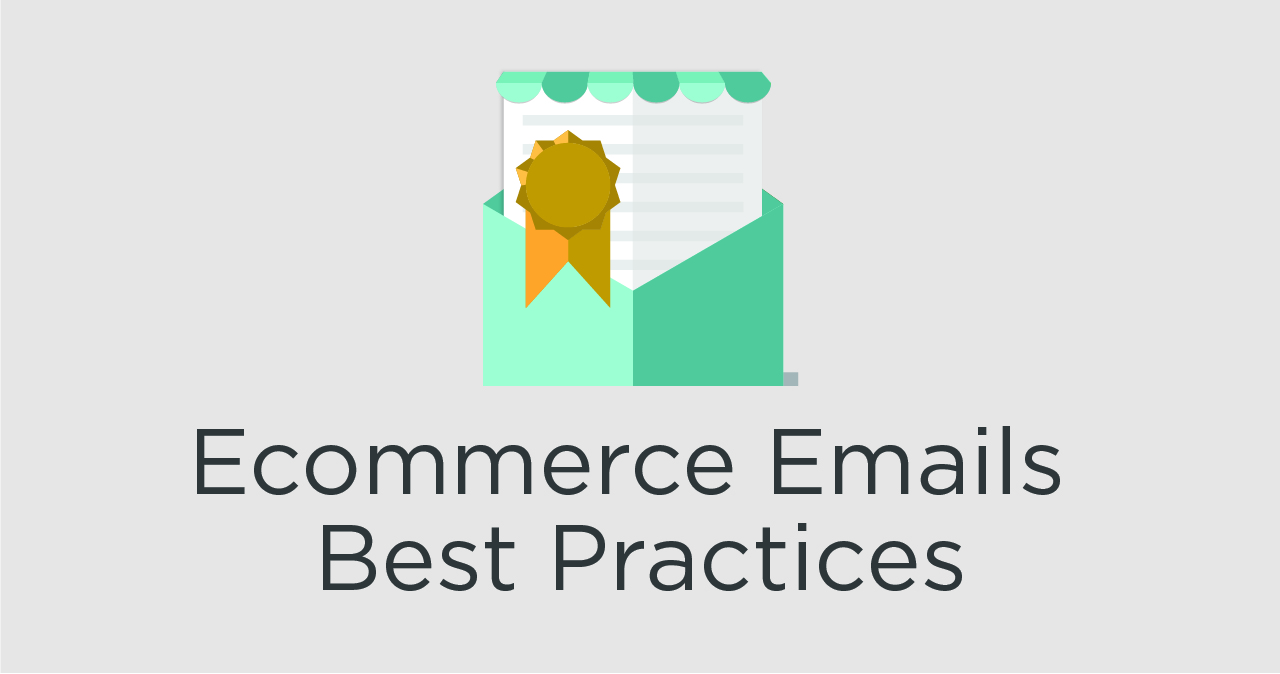Ecommerce Email Best Practices
Posted
06.20.2019
Email marketing is one of the best ways to grow sales. It outperforms social media and organic search traffic for sales conversion. Emails to your customer base build value and establish a relationship with a unique group – your customers. Engaging with your customers helps to create a lifetime relationship, crucial to the success and growth of your Ecommerce business. Simply sending a quick sale email to your customers isn’t the way to maximize the potential of your email list. Industry benchmarks show that nearly 21% of people will open your email, with 2.56% of them clicking through to your website. Additionally, 33% of recipients will open your email on the subject line alone and 55% of emails are opened on a mobile device. Emails are an opportunity to share valuable information with your customers, and if you want to engage your base to ignite sales, we have some recommendations on some best practices:
Mobile first
The majority of emails are opened on a mobile device. So your emails need to look great on mobile. Approach the design and content of the email with mobile in mind. Don’t bury the lead, and keep the copy short and snappy. Long emails will be ignored, and if the images aren’t formatted to be readable on a small screen, that email is going straight to the trash. Your goal is for them to click through, so let additional information on the sale or new arrivals live on your website, not in the email.
Master the subject line
The subject line is what entices your customer that your email is worth opening. A successful campaign starts with a subject line that grabs the attention of your customers. Writing the perfect email subject line is a moving target, what worked a few years ago likely won’t work today. You must stay up-to-date on spam triggers and remain in touch with consumers’ behaviors, needs, and interests. Consider your unique audience and what the email is conveying. Be concise and clear on what the email is delivering, never mislead just to get clicks. To get their attention you can include numbers (i.e. 50% off or 25 new items), include emojis (but sparingly), or humor (if it aligns with your brand). The more you know your audience, the easier it will be to craft a good subject line. Pay attention to what works and toss what didn’t – it’s a process to continue to hone.
Include a call to action
No one will click through your email if you don’t give them a reason. Tell them what they should do and why. An abandoned cart email should tell them to finish checking out (incentivizing them with a deal is best). If you are telling your customers about a sale, summarize the deal and encourage them to shop now. New arrivals are exciting – so encourage them to be the first to check out the new items. Whatever the email’s goal is, reflect it in a call to action and the clicks will follow.
Optimize send time
Just like social media, there are key times to send your content out. Most recipients engage with promotional emails in the later part of the day (afternoons and evenings) and most of the commercial emails (17.93%) are sent out on Tuesdays and Wednesdays. While late morning times are most popular, here are the top four best email send times for optimum results:
- 10am: It is the peak time to send emails with higher opens and clicks.
- 2pm: Not a popular time, but still manages to get people viewing their emails.
- 8pm: People check their emails for one last time before calling it a day.
- 6am: People check their emails before starting the day.
Automation
More and more Ecommerce businesses are relying on automation to send key emails to their customers. Abandoned carts, sales on wishlist items, reorder or back-in-stock notifications, win-backs, and review emails are popular automated emails to send. These can be configured and connected to your store to keep your customers engaged, drive sales, and ensure customers keep you top-of-mind. If you’re unsure what emails you should automate or how often to send them out, let Jennergy help!
For more on cart abandonment emails see our post here.
Test your email
The first people seeing your email should not be your customers, but rather someone you know who can help proof content, test on different devices, and make sure your links are correct. Compare your subject line to others in your inbox and past campaigns that worked. Testing ensures your email looks good across the board and avoids the ever-embarrassing typo. This is the last pass before putting your email out in the world, make sure it’s ready.
Emails to your customers are your biggest opportunity to drive sales. Keeping these best practices in mind will ensure you engage with your customers and build a relationship with them to last a lifetime.
